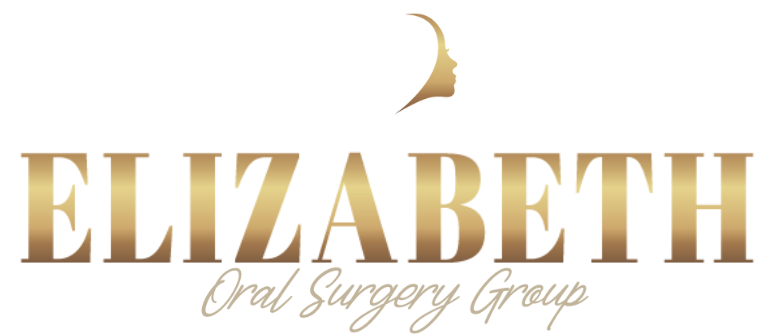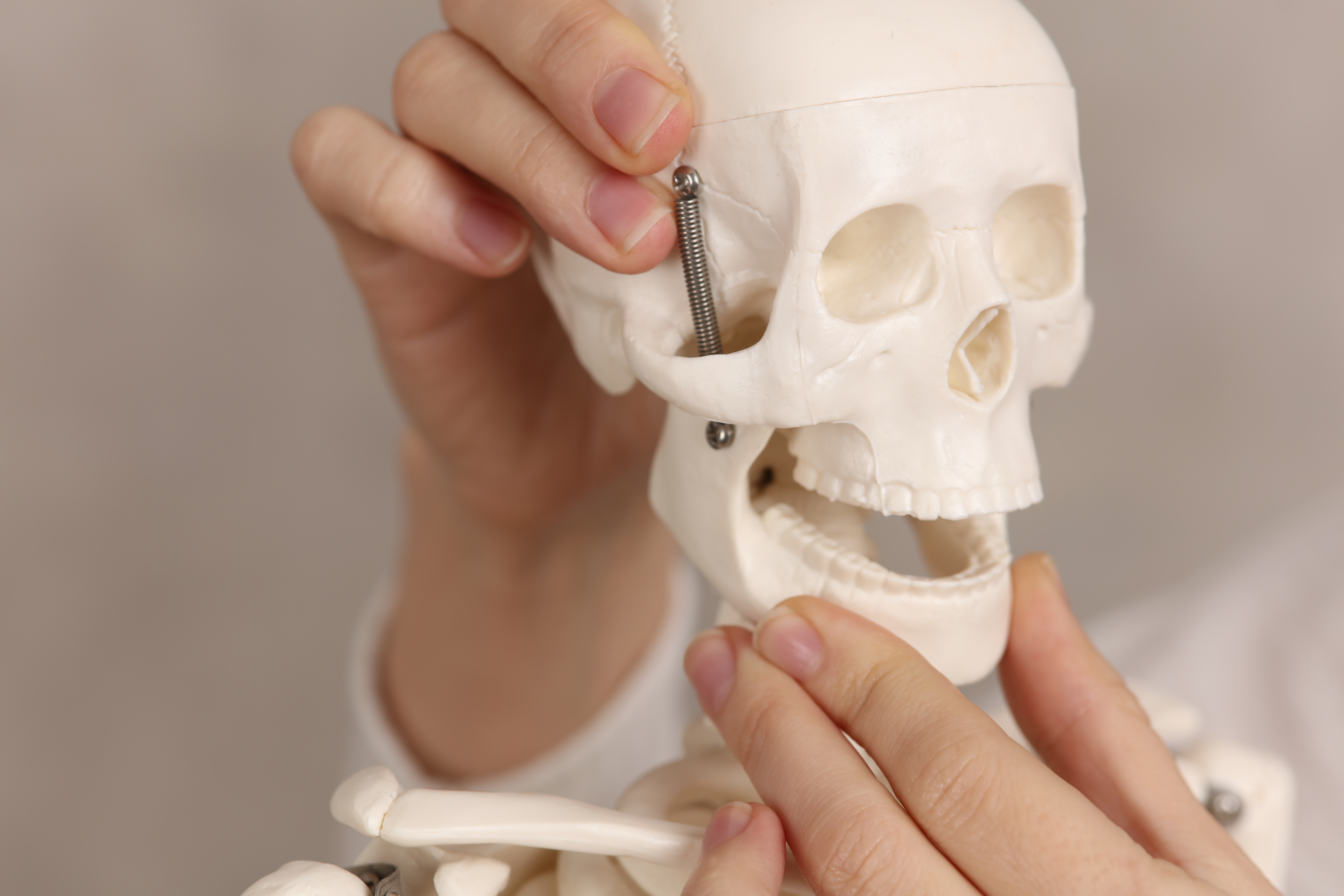The harmony between our upper and lower teeth is essential for chewing, speaking, and jaw joint function. Unfortunately, several factors, such as tooth misalignment, dental restorations, or abnormal bite patterns, can disrupt this delicate equilibrium and cause your bite to become uneven or occluded. An occlusal adjustment is valuable in achieving an optimal bite and maintaining dental health.
The talented specialists at Elizabeth Oral Surgery Group are committed to helping our patients realize their oral health goals in a safe and comfortable environment. We have experience using innovative and minimally-invasive techniques to get you the pain-free smile you deserve. When you choose us, you can rest assured your dental specialist will customize your treatment plan to your unique needs.
Types of Malocclusion That May Require an Occlusal Adjustment
A misaligned bite, also known as malocclusion, can be uncomfortable and cause severe oral health issues. If left untreated, malocclusion can lead to tooth enamel erosion, teeth grinding, and teeth clenching. If you suspect your bite is misaligned, your dental specialist will perform an oral exam, a bite test, and x-rays to determine the severity of your malocclusion. Typically, malocclusion is diagnosed as one of the following three classes:
- Class One: This is the most common classification of malocclusion. In this type, the bite is normal, but your teeth may have alignment issues, such as overcrowding or excessive spacing. Class one malocclusion may or may not require treatment depending on the severity of your symptoms.
- Class Two: This class is also called an overbite and typically requires treatment. You may have this type of malocclusion if your teeth in your upper jaw significantly overlap your lower teeth and jaw.
- Class Three: Class three malocclusion, or an underbite, may require an occlusal adjustment to correct. If you have this type of misalignment, your lower teeth and jaw overlap your upper teeth and jaw.
Your oral specialist will evaluate the full extent of your symptoms to determine if an occlusal adjustment is necessary for your health and comfort.
What to Expect During an Occlusal Adjustment
Before performing your occlusal adjustment, we will have you bite down on contact paper. This will allow us to see the alignment of your bite. If your teeth make contact with the paper together, you likely have a healthy bite. However, when only one side makes contact, your bite likely has problem areas.
If an occlusal adjustment is required, a local anesthetic will be applied to ensure a comfortable and pain-free procedure. Then, your oral surgeon will smooth the problem areas on your teeth just enough to remove the interference preventing an aligned bite. Your surgeon will repeat this process until all areas of your teeth meet together correctly.
After reshaping your teeth, your surgeon will ask you to bite down on the contact paper once more to ensure your bite is comfortably aligned. Occlusal adjustments are typically performed as outpatient procedures, so you should be able to return to normal activities in mere hours.
Discuss Your Treatment Options with a Skilled Oral Surgeon
At Elizabeth Oral Surgery Group, we are dedicated to helping you achieve your healthiest smile. Our specialists understand how uncomfortable a misaligned bite can be and will do everything in our power to ensure you leave our office satisfied and pain-free. We are well-versed in the latest advancements in dentistry and oral surgery, and we are ready to tailor our treatment plans to your unique health concerns.
To schedule an appointment and learn more about how we can help you, call us at (908) 663-5309 or complete our contact form today.

